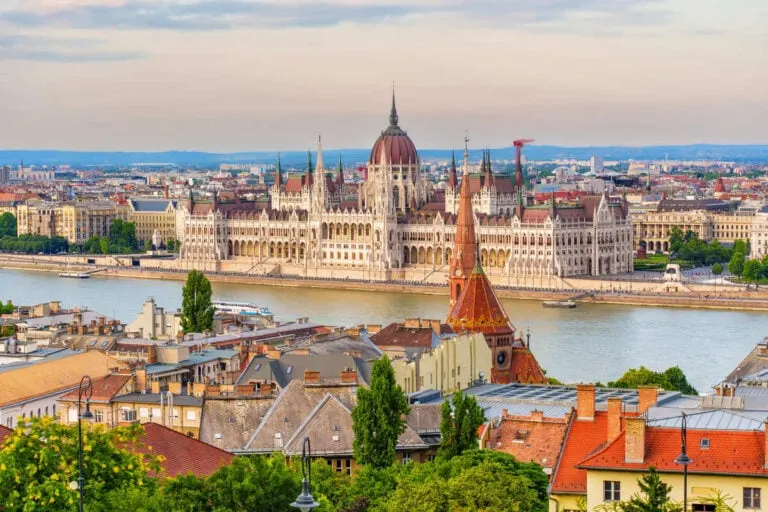Looking for the next digital nomad hotspot in Europe that offers cheap eats, a lively social scene, high levels of safety, and beautiful sights that would make you want to prolong your stay indefinitely––well, provided the local bureaucracy allows?
Look no further:
Budapest in Hungary is your soon-to-be remote work sanctuary, at least according to the new ‘workcation’ barometer released by International Workplace Group, which also features tried-and-true European nomad hotspots like Barcelona and Lisbon.
Based on their findings, however, none can touch Budapest:
One Of The Prettiest Cities In Europe
The capital and largest city in Hungary, with a population of around 1.7 million, Budapest is a sprawling riverside metropolis lining the fast-flowing Danube, comprising three former historical settlements that merged into one in the 19th century: Buda, Óbuda, and Pest.
You can learn more about it here.
With a History spanning over a thousand years and having existed under the rule of several successive empires, including a state union with Austria, it is essentially a living museum housing some of Europe’s most iconic architectural landmarks:
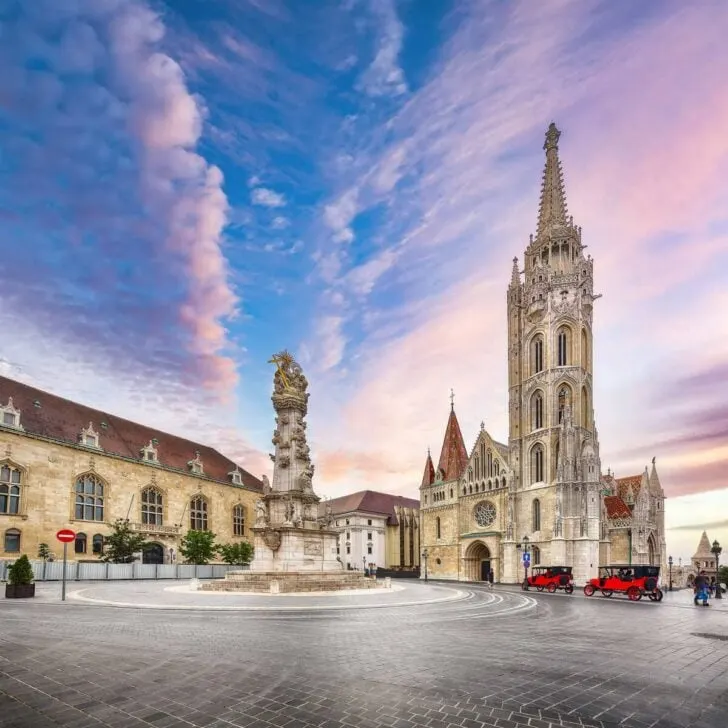
These include the Hungarian Parliament, with its signature Gothic spires and impressive red dome, casting a reflective glow on the gelid Danube at nightfall, the lakeside Vaydahunyad Castle, which could easily belong in a Disney movie, and the romantic Fishermen’s Bastion lookout.
Don’t get us started on the magnificent Art Nouveau facades, that have miraculously survived World Wars and a socialist blight in the 20th-century, the stately palaces, built at the height of the Austrian-Hungarian Empire, and the ornate bridges spanning the river.
Cafes Galore

Digital nomads flock to Europe in droves not only for the culture, but also the thriving cafe and coworking scene, and Budapest is no exception: all around town, particularly the centrally-located District V, there are countless laptop-friendly eateries to pick from.
Our favorite one is probably the dimly-lit, cozy Ohana, a short 8-minute walk from Parliament, though the more upbeat Központ, comes in a close second: a laid-back cafe by day and a lively alt-pop bar by night, this is where you go for instantly recharging your social battery with likeminded folks.
We also love Massolit Books and Cafe, in the heart of the 7th District (near the Dohány Street Synagogue), where you can find English-language books and a garden with tables to work from, and the best boba spot in town, Bubble Kingdom BP, that’s just as friendly towards nomads.
Prefer the outdoors? Between May and October, while it’s not yet freezing cold, the food stall-lined Street Food Karavan attracts local youth and expats alike, and it’s not unusual to take your laptop out in the communal area as you munch on a cheesy lángos.
An Affordable Nomad Haven
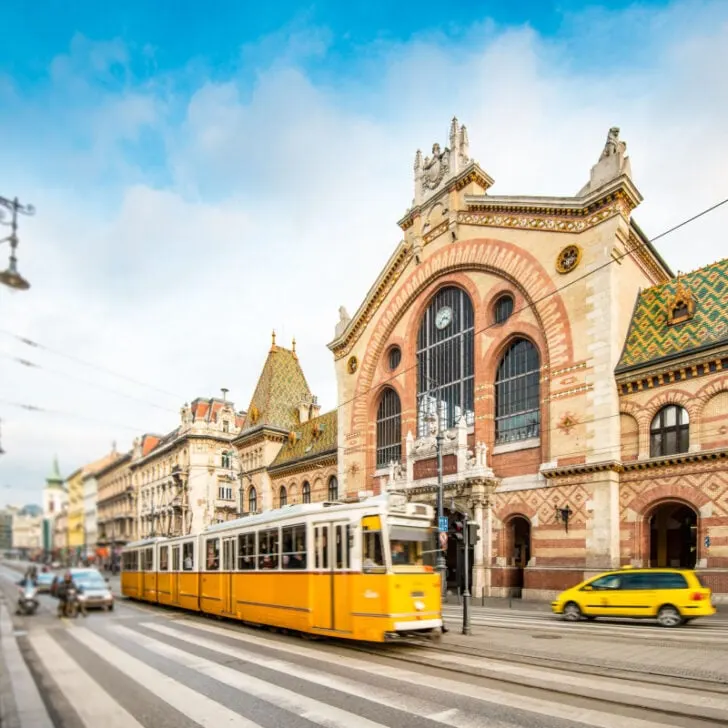
Based on the International Workplace Group research, one of the main reasons why Budapest is leading the race for digital nomad capital in Europe is its affordable prices, particularly when it comes to accommodation, transportation and food.
A 24-hour travel pass, granting you access to the metro and all bus and tram lines costs only 2,500 forint, or around $7.10; budget-friendly restaurants range from a negligible five bucks, to a reasonable $15 per meal; as for rent, a central studio will set you back by between $814 and $1,149 monthly.
Overall, Numbeo reports Budapest is around 43.1% less expensive than your average Western European city––think Paris, Milan, London––and excluding rent, a single person’s monthly expenses total roughly 261,779 forint, or $743.90.
Consumer prices are in general much cheaper here, particularly beauty and wellness services! For the girlies, we’re talking hair wash and blow dry for $12.68 and nail appointments for $13.63, and for both sexes, gym membership from $37, and one-hour Thai massages for $40.
What To Do In Budapest As A Nomad In The Colder Season
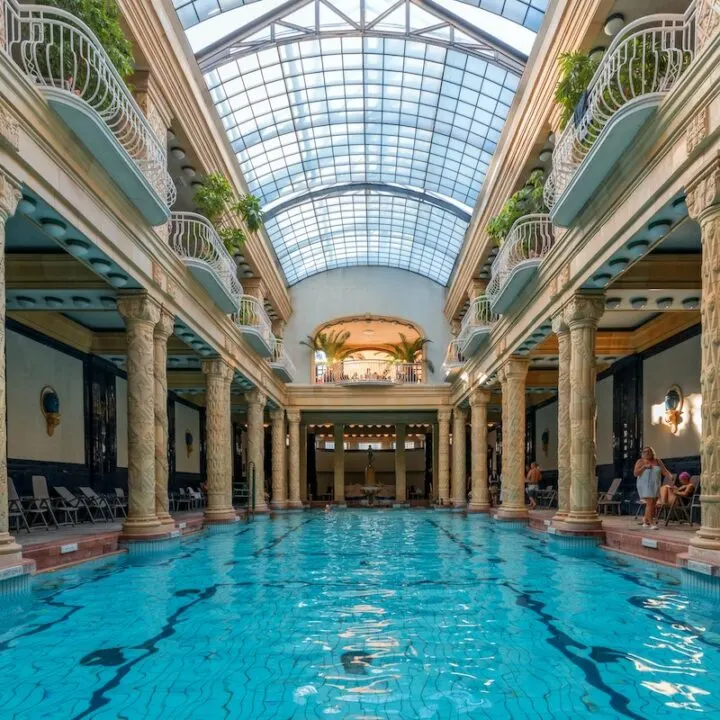
Some may say Budapest is hard no in the rainy fall months or the bitterly cold winter, but we beg to differ: from the incredible nightlife in a bar-packed Király Street to the plethora of thermal baths, there’s many a way to keep warmed up as the cold creeps in.
It is the thermal bath capital of Europe, with over 100 such venues to its name, including an incredibly-ornate St. Gellért, the grandiose Szechenyi, with its 3 heated outdoor pools enveloped in a swirling mist, and local-frequented, somewhat-of-a-hidden-gem Dandár, where tickets starts from $10.22.
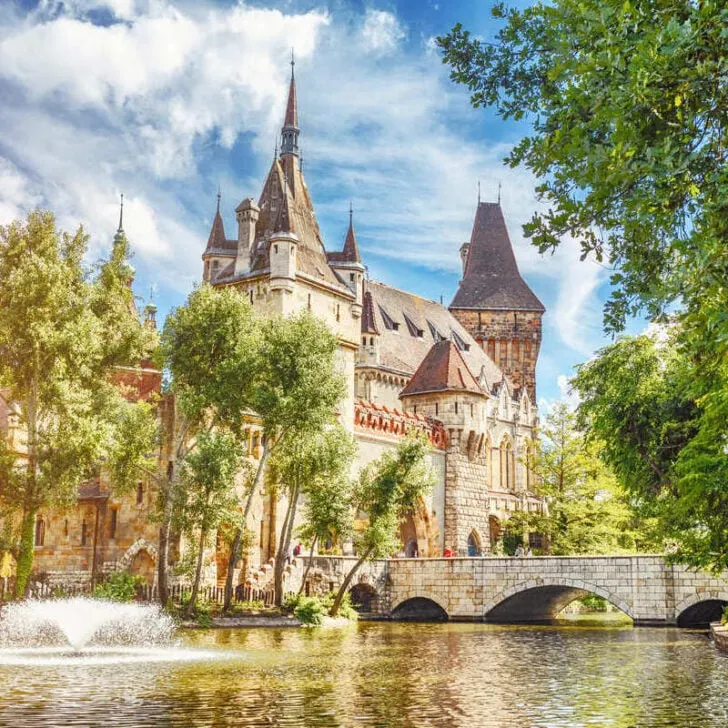
Other than exploring the Bohemian side of Budapest and relaxing in a spa, the colder season is perfect for visiting its numerous museums: think a stately Buda Castle, with its vast display of medieval art, the communist-era House of Terror, and even an innovative Light Art Museum.
When it starts getting hotter as we roll into spring, and subsequently summer––and trust us, it gets scorching hot in the city––it’s time to hit the local parks, with a lush-green Városliget and Margaret Island, a tree-shaded, landmark-packed islet in the Danube both coming to mind.
As you can see, Budapest is an absolute riot of a city regardless of season, and we’re not sure about you, but we wouldn’t mind relocating there ourselves.
Credit: Source link

